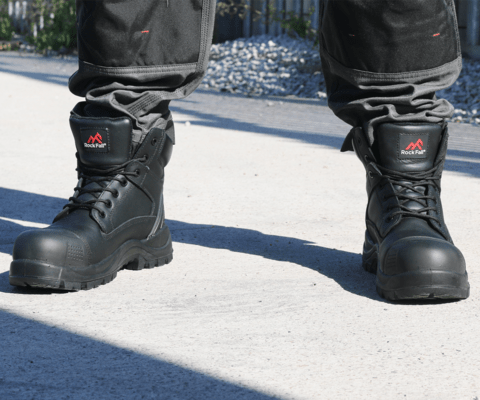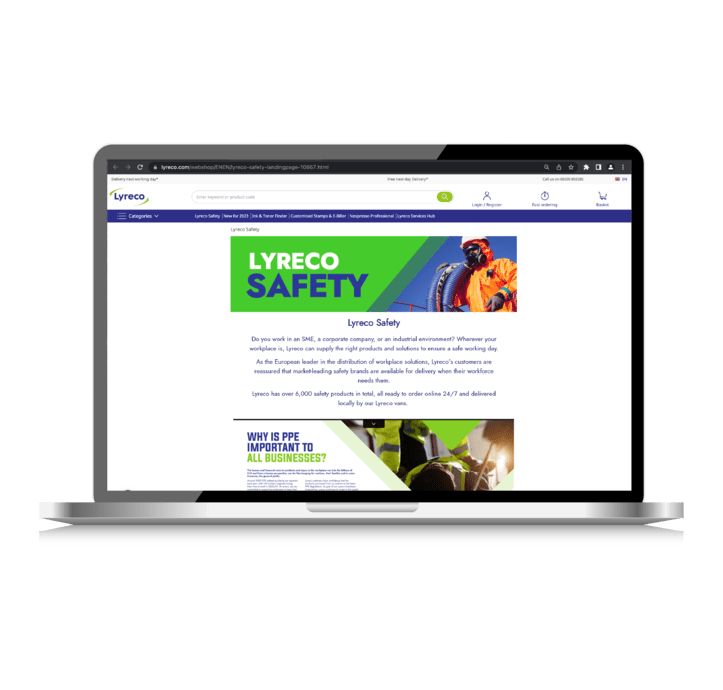Safety
Footwear
The number one reason to wear Safety Footwear is to stay protected by mitigating potential injury.
Safety Footwear offers protection from hazards, such as: Dropped or falling objects, heat, puncture and impact. As well as supporting against the risk of slips, trips, and falls on slippery or uneven surfaces.
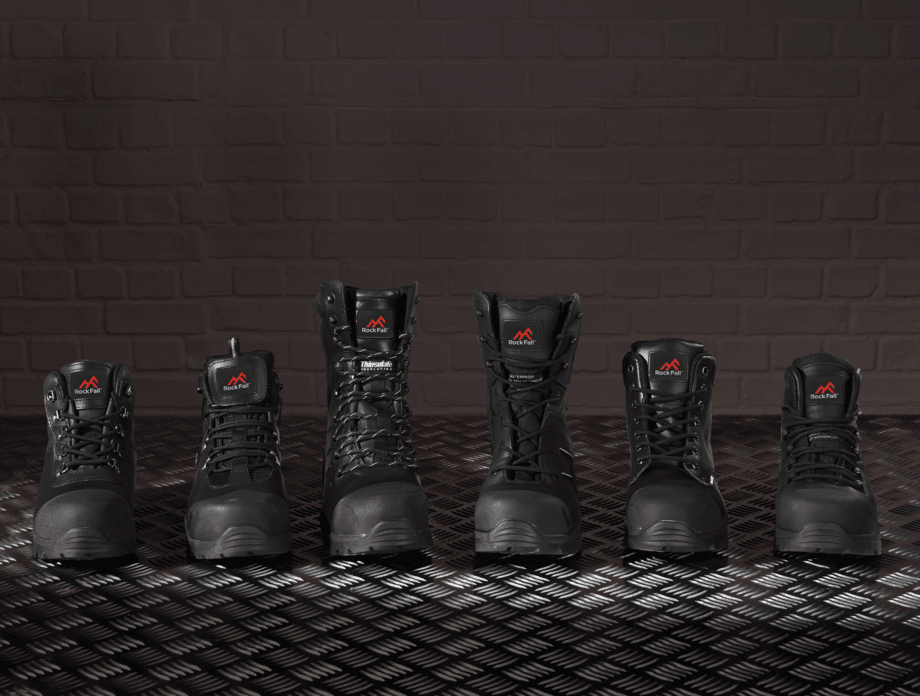
Understanding Features & Markings
Having an understanding of the features and benefits of different styles of Safety Footwear is crucial when deciding on your footwear choice for your working environment.
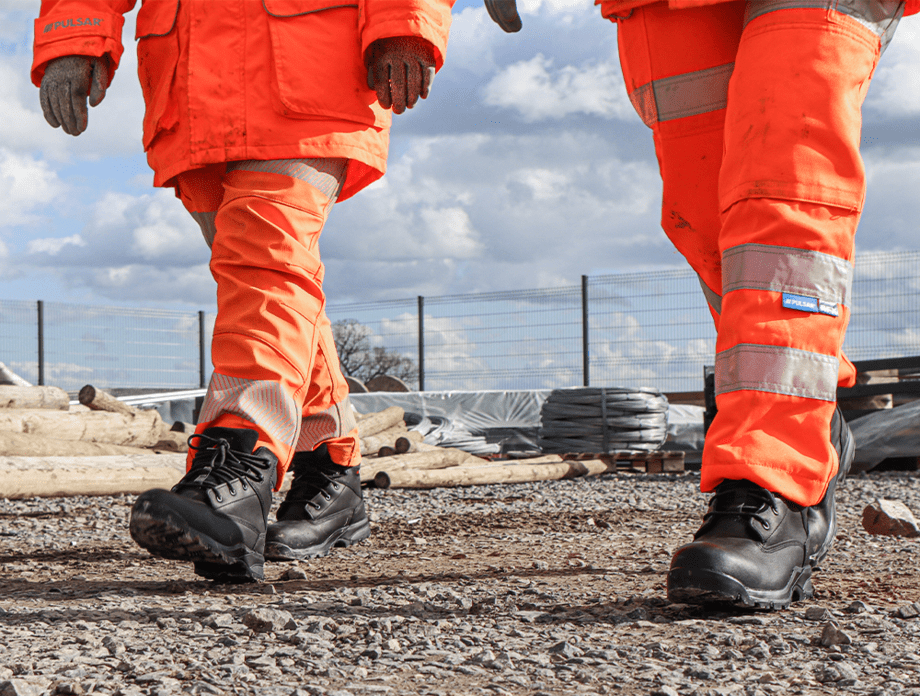
The Difference Between Men & Women’s Feet
Men and women require purpose fit footwear.
In all there are 11 significant differences in women’s lower limbs compared with male anatomy; 2 calf, 5 ankle and 4 foot shape variables.

What is the H.E.R.T?
Hazard – Are you working with Water, Oil? Chemical Splash? Risk of Fatigue or Puncture?
Environment – Do you need ankle support? Is the Floor Slipery or Uneven?
Risk – Are you at risk from Falling Objects, Slipping or Tripping?
Task – Are you Driving, Walking, Lifting, Digging?
Did you know…
0
Injuries to Toes
There were 732 reported injuries to one or more toes in 2021/22.
0
Broken Bone Injuries
Several thousand construction workers are injured each year following a slip or trip. Around 1000 of these involve someone fracturing a bone or dislocating joints.
0
Foot Injuries
There were a reported 3410 foot injuries in 2021/22.
Source: HSE
Standards & Markings
The existing standard for safety footwear EN ISO 20345: 2011 has been updated and will now instead be EN ISO 20345: 2022.
Safety footwear placed on the market after 30 March 2023 must be certified in accordance with the new EN ISO 20345: 2022 standard.
However, safety footwear that is already on the market with a valid certificate does not need to be certified according to the new standard until the certificate reaches its expiry date, even if this falls after March 30, 2023. EU type examination (certificate) has a validity of 5 years. Therefore, for some time to come, we will see products certified according to both new and old standards on the market.
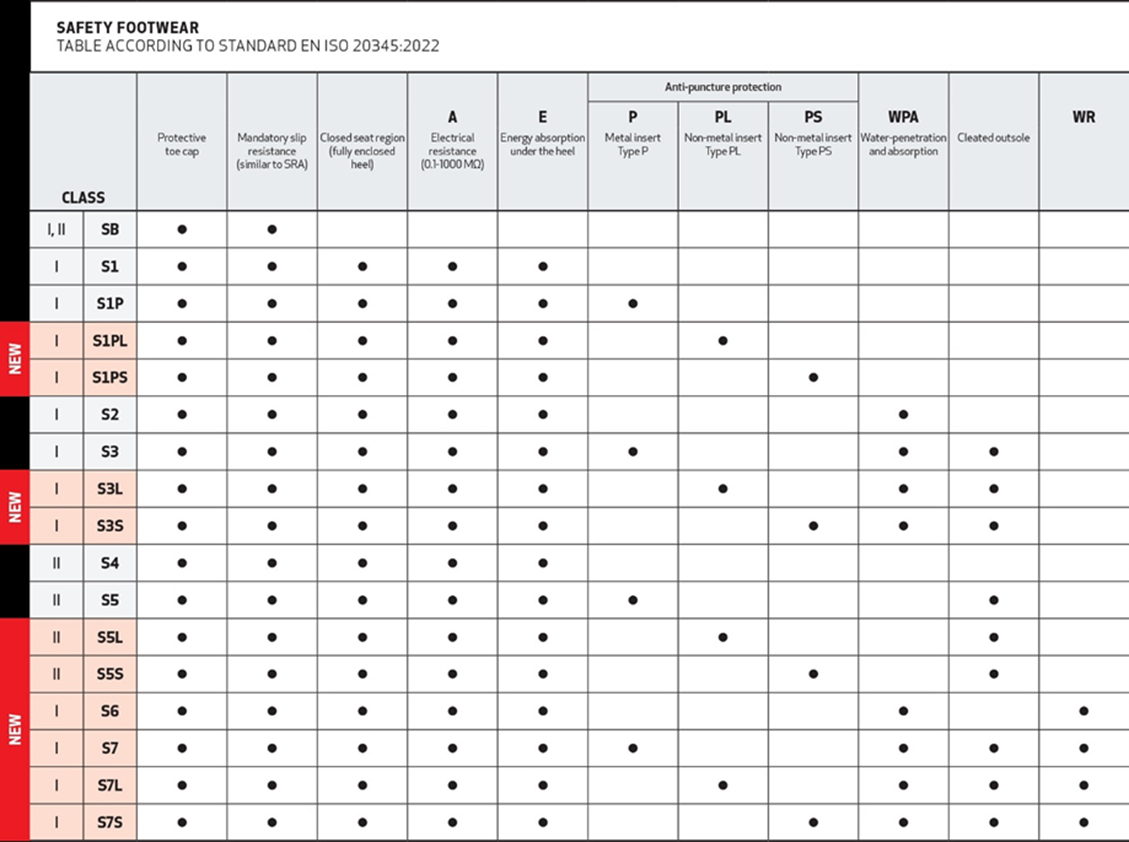
Codes and requirements:
P – Perforation Resistance
PL – Perforation resistance (non metal insert)
PS – Perforation resistance (non metal insert)
C – Partly conductive footwear
A – Anti-static footwear
HI – Heat insulation of outsole complex
CI – Cold insulation of outsole complex
E – Energy absorption of seat region
WR – Water resistance
M – Metatarsal protection
AN – Ankle protection
CR – Cut resistance
SC – Scuff cap abrasion
SR – Slip resistance (ceramic tile floor with glycerine)
WPA – Water penetration and absorption
HRO – Resistance to hot contact
FO – Resistance to fuel oil
LG – Ladder grip
This is the standard to which all Safety Footwear is tested and classified. It is tested in the following areas:
- Impact protection – Toecaps tested using a falling object generating 200J of force, along with a compression test conducted at 15,000 Newtons [1530 kgs]
- Slip Resistant – Footwear is tested to determine the coefficient of friction using either sodium lauryl sulphate on a ceramic tile or 90% glycerine on a steel surface.
- SB – Any product that is classified as SB only has a protective toecap. SB styles should only be specified in areas where there is no risk of damage to under foot.
- S1 – SB featuring anti-static properties, a fully enclosed seat region, energy absorption heel unit and fuel oil resistant outsole.
- S1P –As above but with a penetration resistant midsole. S1P styles should only be specified for indoor environments where they will not be exposed to rainwater or outdoor elements.
- S2 – As S1 but featuring water resistant upper materials
- S3 – Any product that is anti-static, made with a protective toecap and midsole and includes a water repellent upper. S3 styles are the most commonly specified standard for industrial workplaces. They usually have additional features that are classified separately.
- S4 – As S2 but any product that is a polymer or rubber moulded construction making them water and leak proof i.e. Wellingtons.
- S5 – As S3 but any product that is a polymer or rubber moulded construction making them water and leak proof i.e. Wellingtons. S5 styles are used in areas where there is a constant presence of water or liquids.
- P – Penetration resistant midsole
- E – Energy absorption of the heel region
- WRU – Water repellent upper materials
- WR – Waterproof
- M – Metatarsal protection
- S – Safety Toecap
| Marking | Slip Resistance On | Minimum Coefficient of Friction For | |
| Forward heel slip | Forward flat slop | ||
| SRA | Ceramic tile with 0.5% SLS solution
*SLS is Sodium: Lauryl Sulphate (soap) |
0.28 | 0.32 |
| SRB | Steel with 90% glycerine | 0.13 | 0.18 |
| SRC | Both of the above | Both of the above on respective surfaces | |
- HI – Offers insulation from heat
- CI – Offers insulation from cold temperatures
- HRO – Heat resistant outsole – resistant to hot contact up to 300oc
- A – Anti-static footwear. An electrical resistance between 0.1 and 1000 megaohm [MΩ]
- ESD – ESD footwear. An electrical resistance between just 0.1 and 35 megaohm [MΩ] when marked with EN 61340-4-3:2018
- EH – Electrical Hazard footwear is classified with “EH” rating. This safety standard is designed to provide a secondary source of protection when accidentally coming in contact with unknown live electrical hazards to reduce the potential of electric shock.
- Metal Free – Constructed of completely non-metallic components
- Vegan – Constructed of completely animal free materials and derivatives
- Ladies Fit – Ladies fit footwear
- Wide Fit – Wide fit footwear
Safety Footwear.
Made for Women.
We understand that properly fitted PPE and safety footwear contribute to women’s comfort and confidence on the job.
Ill-fitting equipment can cause discomfort, restrict movement, and impede productivity. By offering women safety gear tailored to their bodies, we empower them to work safer, with ease, boost their confidence and enhance their overall job satisfaction.
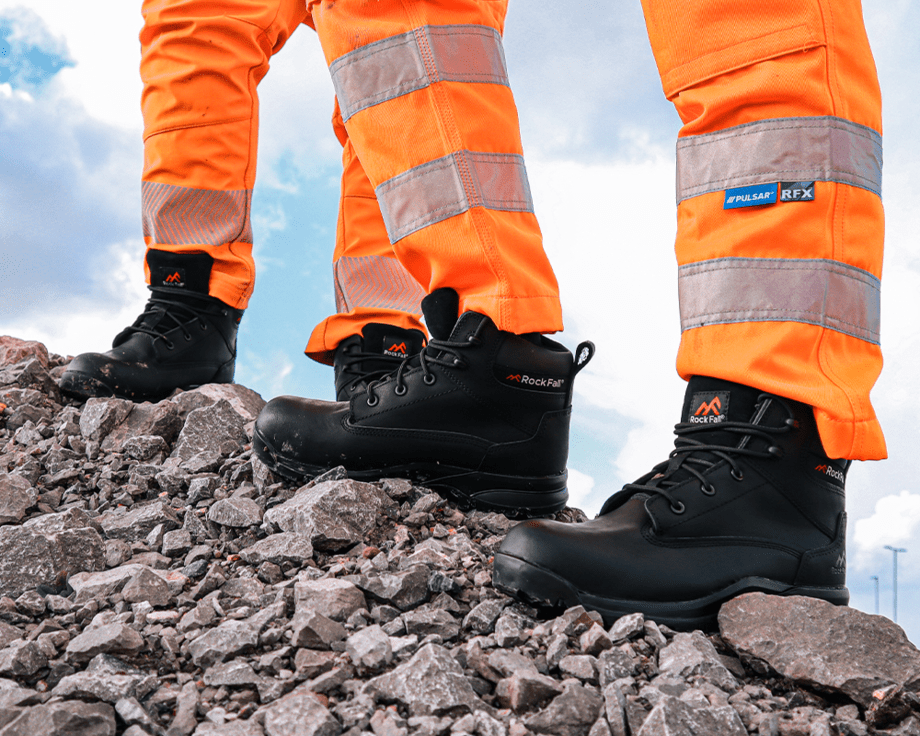
Discover Safety Footwear
Explore Safety Footwear from Lyreco, supplied by some of the biggest brands across PPE & safety.
You’ll find a range of products marked as sustainable via our Sustainable Selection methodology. The selection methodology is assessed by SGS and based on 3 criteria – People at Work, Planet, and Community by Lyreco. By shopping these products, you’re making a more socially & ecologically responsible safety procurement option.
Our Safety Brands

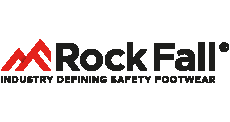
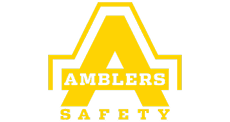

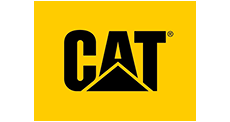

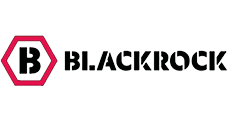
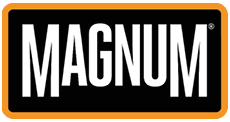
Safety Boots, Shoes & Trainers [SB – S3]
Safety boots, shoes & trainers should always be considered when operating in mostly-indoor environments, such as; warehousing, manufacturing, or transport & logistics. In these working environments, a more lightweight option can be preferable.
Women’s sizing and styles available for a select range.
![Safety Boots, Shoes & Trainers [SB – S3] Safety Boots, Shoes & Trainers [SB – S3]](https://why.lyreco.com/app/uploads/2022/12/160.png)
Wellington Safety Boots [S4 & S5]
S4 & S5 Wellington Safety Boots are Waterproof.
S4 Safety Wellingtons feature a 200 joule safety toecap and are ideal for indoor work where the working environment may be wet. S4 Safety Wellingtons are commonly used in food manufacturing environments during washdown processes.
S5 Wellington Safety Boots feature both a 200 joule safety toecap and a puncture resistant midsole making them ideal for supporting external and some internal applications where risk of puncture to the sole of the boot might be prevalent.
Women’s sizing and styles available for a select range.
![Wellington Safety Boots [S4 & S5] Wellington Safety Boots [S4 & S5]](https://why.lyreco.com/app/uploads/2022/12/159.png)
Footwear
Events
With a wide range of services available, we can help reduce the effects of common podiatric ailments such as plantar fasciitis, foot and leg fatigue, achilles tendonitis and even back and knee pain.
